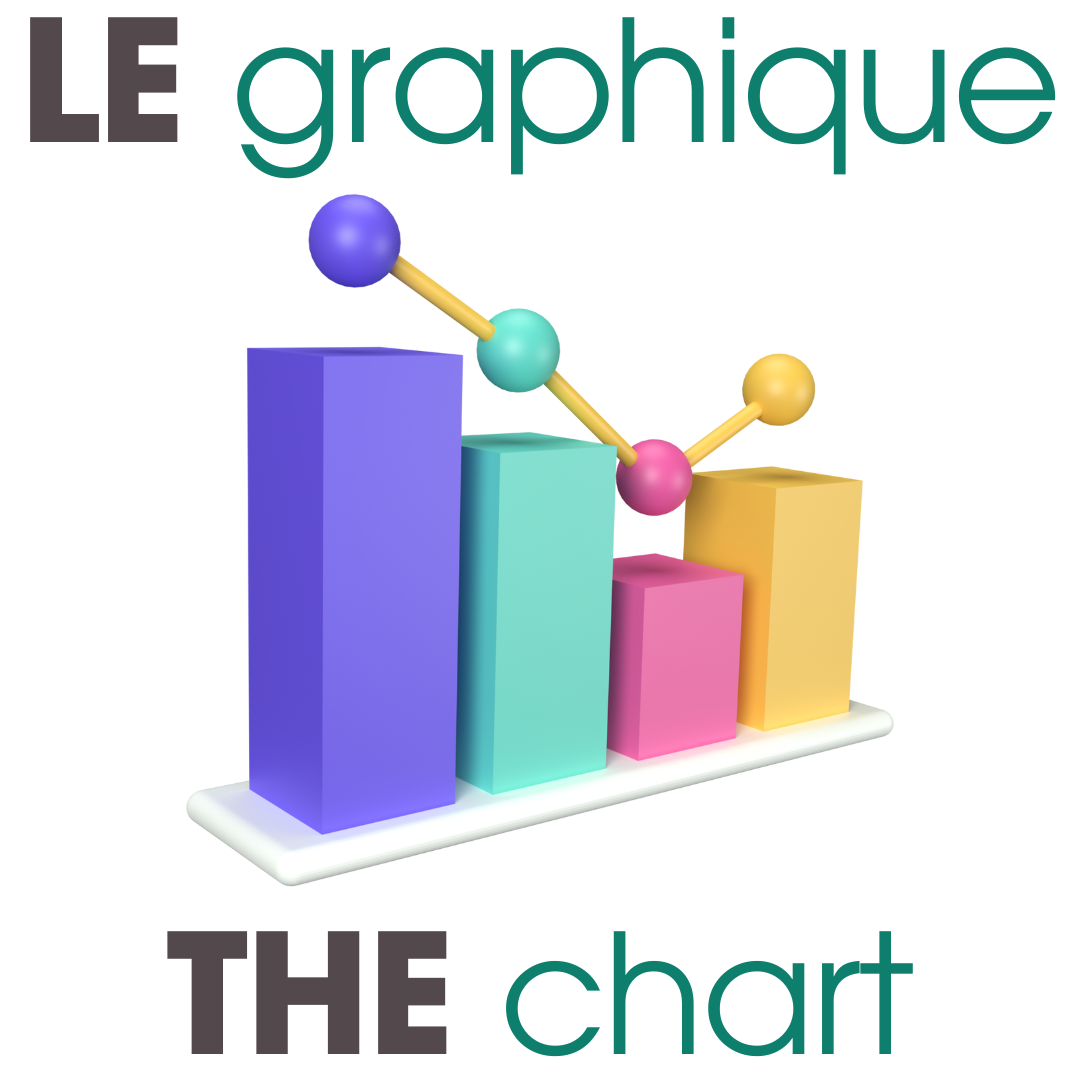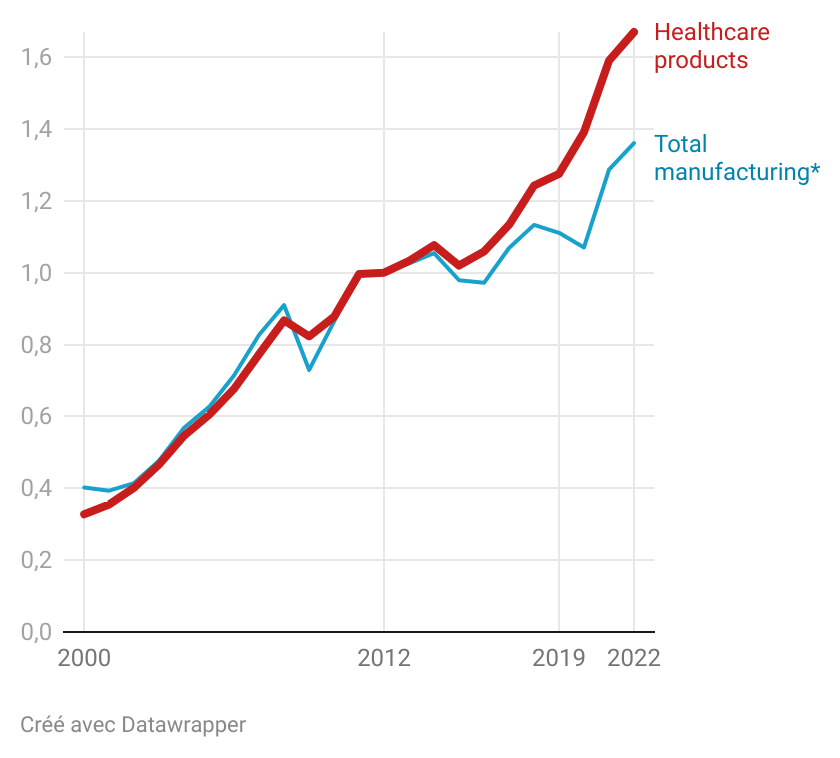
The very dynamic trade in healthcare products
The boom in international trade in healthcare products does not date back to the Covid-19 pandemic but to the great multilateral trade opening of the 2000s. Will the protectionist tensions that have been building since 2022 slow this growth?
By Pierre Cotterlaz, Guillaume Gaulier, Aude Sztulman, Deniz Ünal
In these times of geopolitical uncertainty, studies by the CEPII help shed light on the scope and dynamics of this trade. In 2022, health-related products accounted for 13% of global trade in manufactured goods, ranking behind the electronics sector (17%) but ahead of the automotive industry (12%) and mechanical products (11%). Their trade grew at an average annual rate of 5.3% between 2012 and 2022, compared to 3.1% for the manufacturing sector as a whole.
Will this momentum continue? Biotechnology is now included on NATO's list of strategic products. The European Union is preparing to retaliate against China, which has restricted its access to public procurement markets for medical technology equipment. Meanwhile, the United States, which has doubled its tariffs on certain medical products imported from China, has recently announced its withdrawal from the World Health Organization, a key player in pandemic management.
For a more detailed analysis of interdependencies, see Pioneering a new classification: a comprehensive study of healthcare products in global trade.
Global trade in healthcare products outpaces growth
in overall manufacturing* flows

Global trade indices in value, 2012=1
*Energy products are excluded here from manufactured goods.
Source: Authors' calculations from CEPII, BACI-V20242b database.
Trade & Globalization | Competitiveness & Growth | Emerging Countries >
> LE Graphique / THE Chart
Will this momentum continue? Biotechnology is now included on NATO's list of strategic products. The European Union is preparing to retaliate against China, which has restricted its access to public procurement markets for medical technology equipment. Meanwhile, the United States, which has doubled its tariffs on certain medical products imported from China, has recently announced its withdrawal from the World Health Organization, a key player in pandemic management.
For a more detailed analysis of interdependencies, see Pioneering a new classification: a comprehensive study of healthcare products in global trade.
Global trade in healthcare products outpaces growth
in overall manufacturing* flows

Global trade indices in value, 2012=1
*Energy products are excluded here from manufactured goods.
Source: Authors' calculations from CEPII, BACI-V20242b database.
< Back

